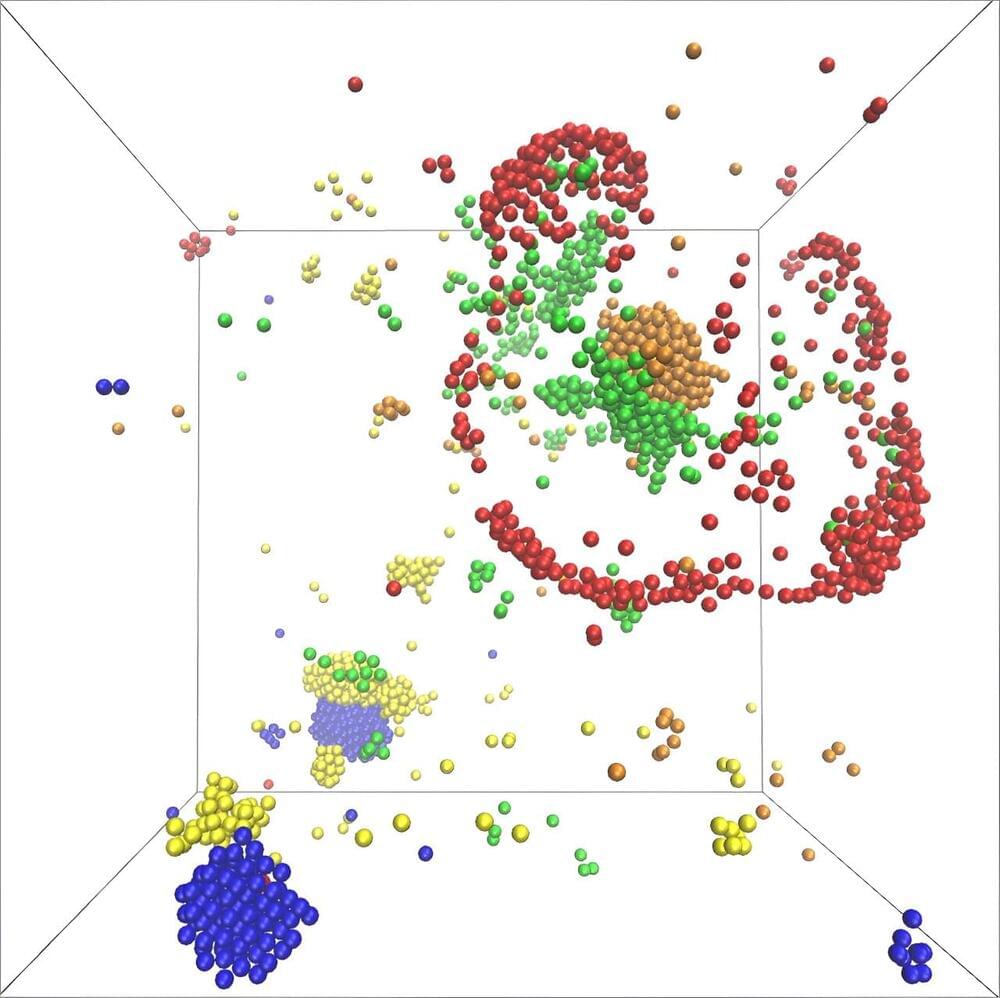Catalytic molecules can form metabolically active clusters by creating and following concentration gradients—this is the result of a new study by scientists from the Max Planck Institute for Dynamics and Self-Organization (MPI-DS). Their model predicts the self-organization of molecules involved in metabolic pathways, adding a possible new mechanism to the theory of the origin of life.
The results can help to better understand how molecules participating in complex biological networks can form dynamic functional structures, and provide a platform for experiments on the origins of life.
One possible scenario for the origin of life is the spontaneous organization of interacting molecules into cell-like droplets. These molecular species would form the first self-replicating metabolic cycles, which are ubiquitous in biology and common throughout all organisms. According to this paradigm, the first biomolecules would need to cluster together through slow and overall inefficient processes.
